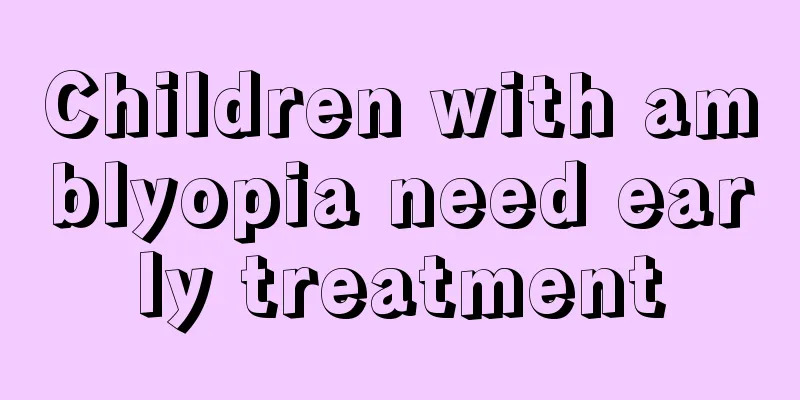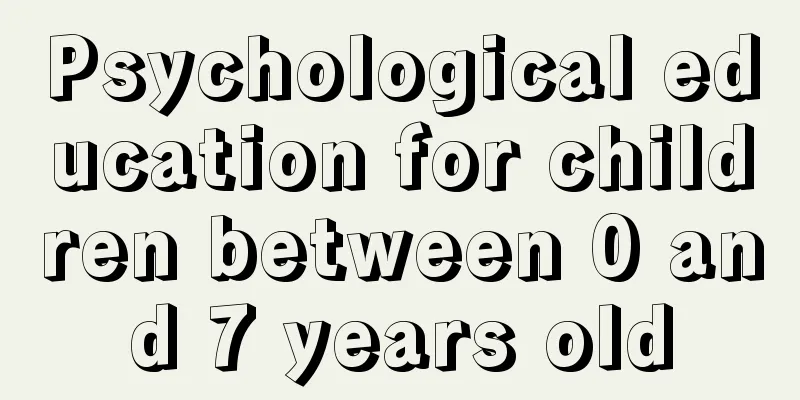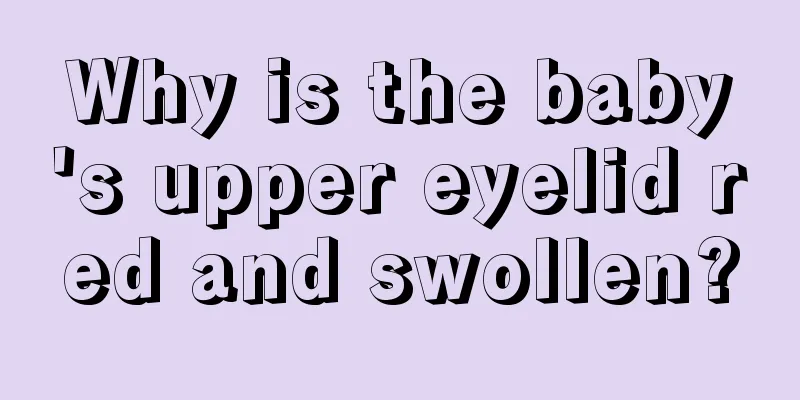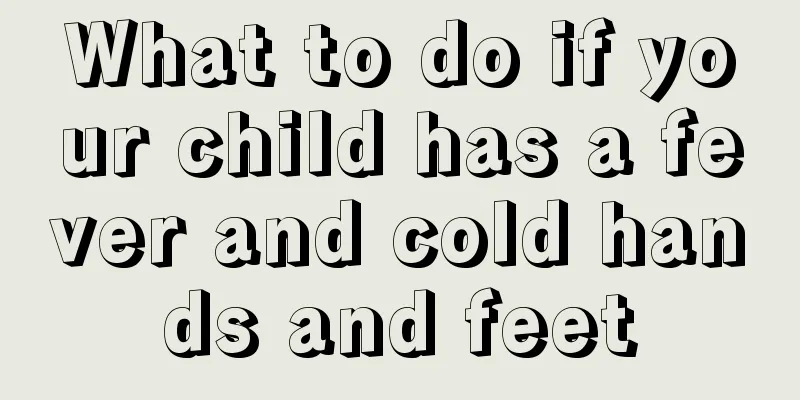Children with amblyopia need early treatment

|
Amblyopia is a very common disease in daily life, and it is more common among children. According to the different causes, it can be divided into strabismic amblyopia, anisometropic amblyopia, form deprivation amblyopia and refractive amblyopia. No matter what type it is, it needs timely medical treatment. Only in this way can you recover your health as soon as possible. Moreover, before the age of 6 is the golden period for children to treat amblyopia. 1. Amblyopia in children The golden time for treating amblyopia in children is before the age of 6. Scientific treatment should adopt different treatment programs according to the cause of the child's disease, and timely personalized treatment should be given to achieve better and faster treatment results. The incidence of amblyopia is about 3%. It is a common eye disease in children and the leading cause of monocular vision impairment in young and middle-aged people. Patients with binocular amblyopia may be affected in their life, study and work, while patients with unilateral amblyopia may not feel any impact, but in fact there is a certain damage to the binocular vision function, and the chance of binocular blindness caused by accidents in the healthy eye increases. 2. Amblyopia is often classified according to its cause: 1. Strabismus amblyopia, which means that one eye is used for a long time, and the other eye is deviated. The deviated eye is often accompanied by amblyopia; 2. Anisometropic amblyopia: The image size or clarity of the two eyes at the fundus is different, making it difficult to fuse the images, which in turn leads to amblyopia. 3. Form deprivation amblyopia, that is, the object being seen is blocked and a clear image cannot be formed on the retina. It is common in congenital or traumatic cataracts, corneal opacities, and ptosis. 4. Refractive amblyopia includes hyperopia, myopia, and astigmatism. Severe refractive errors cannot form a clear image on the retina and can lead to amblyopia. Amblyopia generally has no obvious complaints, especially for those with poor monocular vision. Older children may complain of difficulty seeing or inconsistent binocular vision, but parents can often find abnormal visual behavior: squinting, looking close, tilting the head to see, etc. 3. Amblyopia requires early treatment Why is early detection, early diagnosis and early treatment necessary? Vision has a developmental process: the human visual system is not yet fully developed at birth, and a newborn baby's vision may only be light perception. After birth, under the stimulation of normal visual experience, the visual system continues to develop and improve. It is currently believed that regular child health examinations are very important. A child’s first eye health examination should be before the age of 1, and an annual examination should be conducted at the ophthalmology department between the ages of 4 and 6. Children with risk factors for amblyopia, such as strabismus, amblyopia, high refractive error, congenital cataracts; family history of eye disease; abnormal eye appearance or visual performance (ptosis); cerebral palsy and neurodevelopmental retardation, need to be examined as early as possible. To determine whether amblyopia exists, some eye examinations are needed. Routine examinations include: vision test, anterior and posterior segment examination, and optometry examination. We need to remind everyone that not all amblyopia will naturally improve after the cause is treated. Some patients have severe amblyopia, and the damage of amblyopia still exists after the cause is removed, and cortical inhibition still exists, so relevant amblyopia treatment is still needed. Children with refractive errors cannot focus properly when looking at things, and cannot form a clear image on the retina, so everything they see is blurry. However, wearing suitable glasses can make external objects focus accurately on the retina, forming a clear image, thereby further stimulating the normal development of the visual system. Children with unilateral amblyopia have different information transmitted to the brain by their two eyes. The difference may even cause some interference. Under long-term influence, the brain will automatically select the information from the eye with clear imaging and suppress the information from the amblyopic eye. Covering or suppressing the good eye can force the brain to receive information from the amblyopic eye, thereby improving the vision of the amblyopic eye and improving visual function. There are many types of amblyopia training devices and methods. You still need to be careful when using them. Different training methods are required for different conditions. |
<<: Don’t worry if your child has red eyes and eye mucus, here are some tips for you
>>: What is the reason for redness and pain on girls’ vulva?
Recommend
29-month-old baby development indicators
After birth, as the child grows day by day, the c...
Methods for relieving cough and reducing phlegm in children
Children are the focus of every family's care...
What should I do if my 3-year-old child has chronic pharyngitis?
Clinically, pharyngitis is a disease that is not ...
What should I do if my child always has pain in one leg?
Human legs are used for walking, but more often t...
Causes and treatments of baby's scalp peeling
When babies are just arriving, there will be many...
How to treat infantile strawberry hemangioma
Some newborn babies have very poor resistance, wh...
Yellow runny nose after cold in children
The probability of colds occurring in our lives i...
What should I do if my child sweats a lot?
Maybe the heavy sweating that many children have ...
What to do if your child's bottom is flooded
Red buttocks is also called flooded buttocks. Man...
Can myopia among middle school students be cured?
As the academic pressure on today's middle sc...
Can babies sleep on buckwheat pillows?
The baby's bones are not fully developed yet,...
How big is the baby's hernia surgery?
Hernia is a very common phenomenon, especially in...
Methods to reduce jaundice in newborns
It is very common for newborns to have jaundice, ...
What are the symptoms of diarrhea and dehydration in children?
Everyone knows that the baby's physical devel...
What are the symptoms of myocarditis in children?
Almost all adults know that heart disease is a ve...









